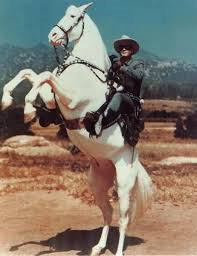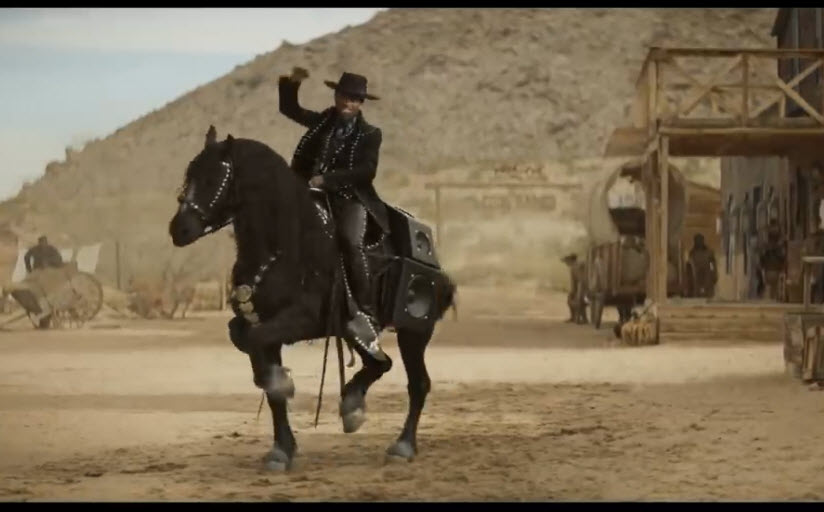The Golden Rule.
Branding with a brand strategy is simple. But it starts with having a brand strategy. At What’s The Idea? framework for brand strategy is one claim and three proof planks. The claim and planks never change; however, the proof points comprising the planks can, do and must. By finding new proofs for your claim you keep your brand fresh, relevant, topical and dare I say social.
By way of example, I’ll share the brand strategy for a commercial maintenance client. The claim was “the navy seals of commercial maintenance.” The proof planks were “fast,” “fastidious” and “preemptive.” When marketing or content creating if the work did not support the claim and at least one element of the proof array, it didn’t get approved.
Branding without a brand strategy and tight framework for same, is difficult. It lacks pragmatism. Branding without strategy is fluid, determined by the artist not the business person, and often ever-changing. Marketing directors come and go, campaigns come and go, agencies come and go, but a brand strategy should be indelible.
To quote David Byrne, “This ain’t no disco, this ain’t no fooling around.” We’re trying to make money here. In good times and bad. The framework for successful marketing starts with brand strategy. Extensible, scalable, replicable and creative brand strategy.
The golden rule. Peace.










